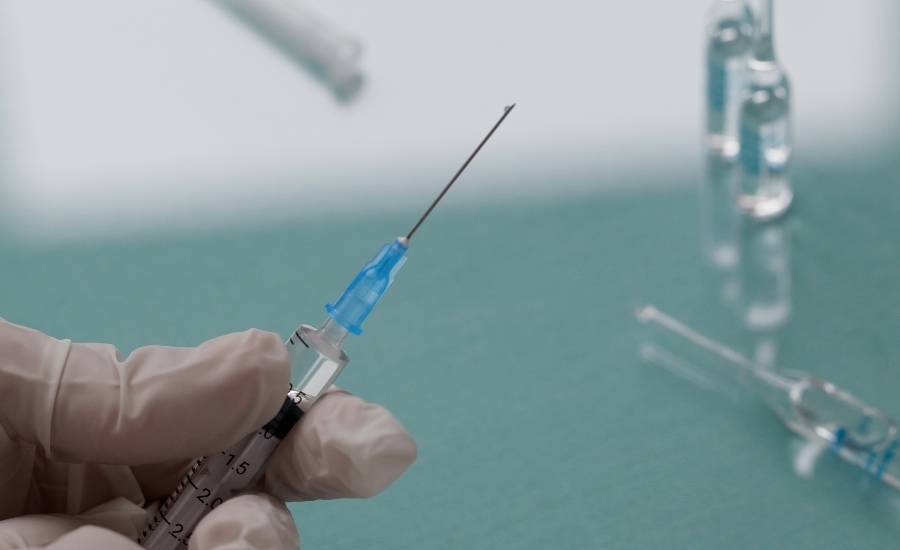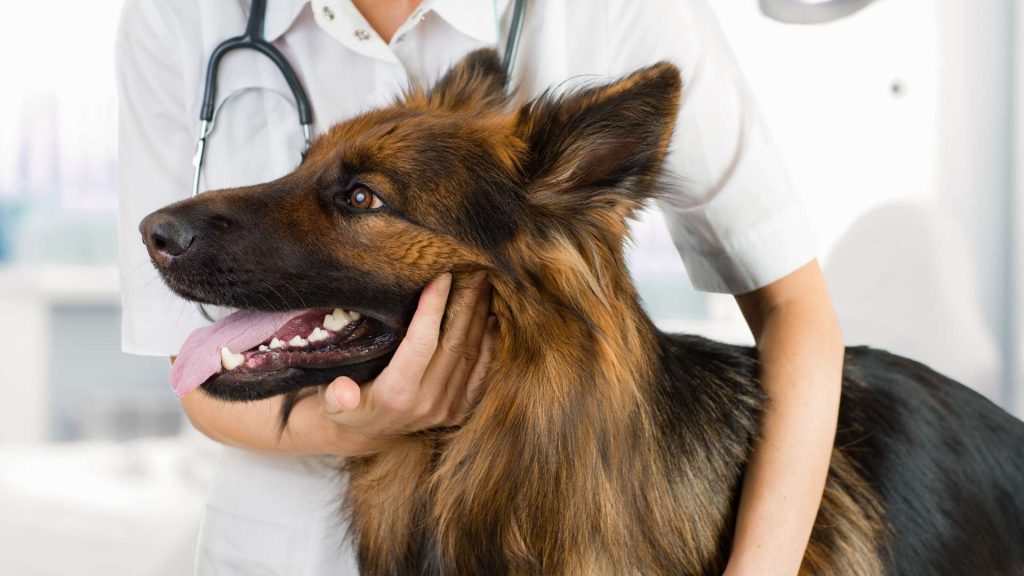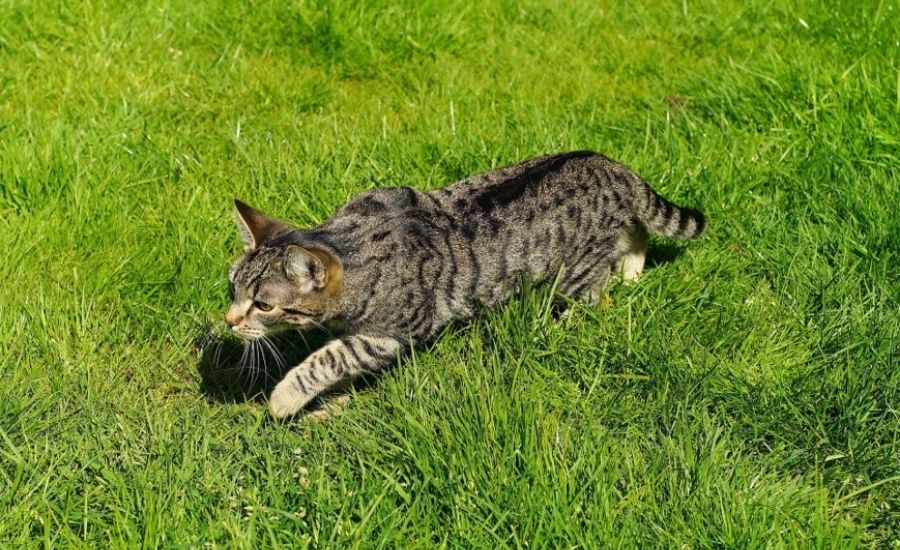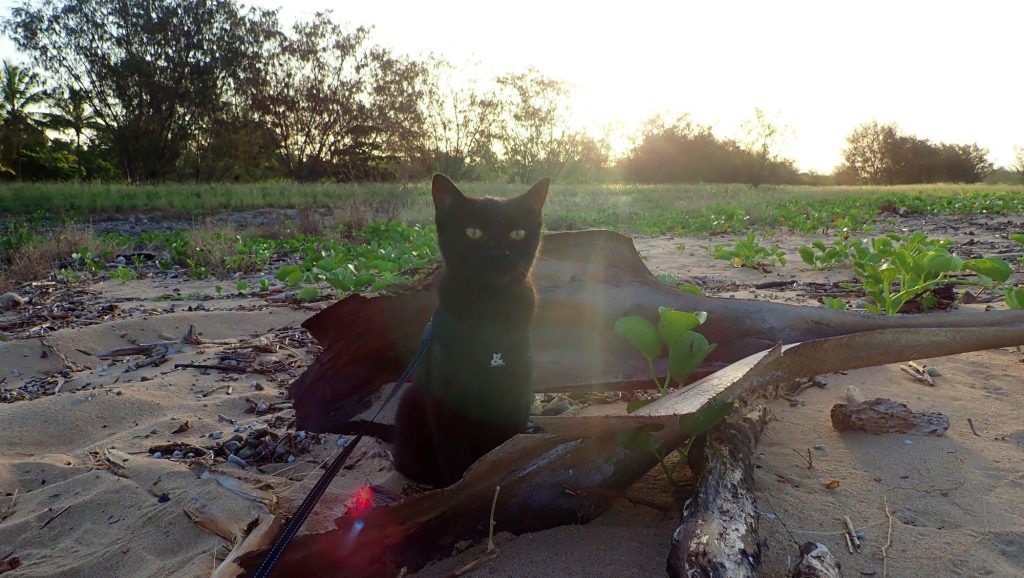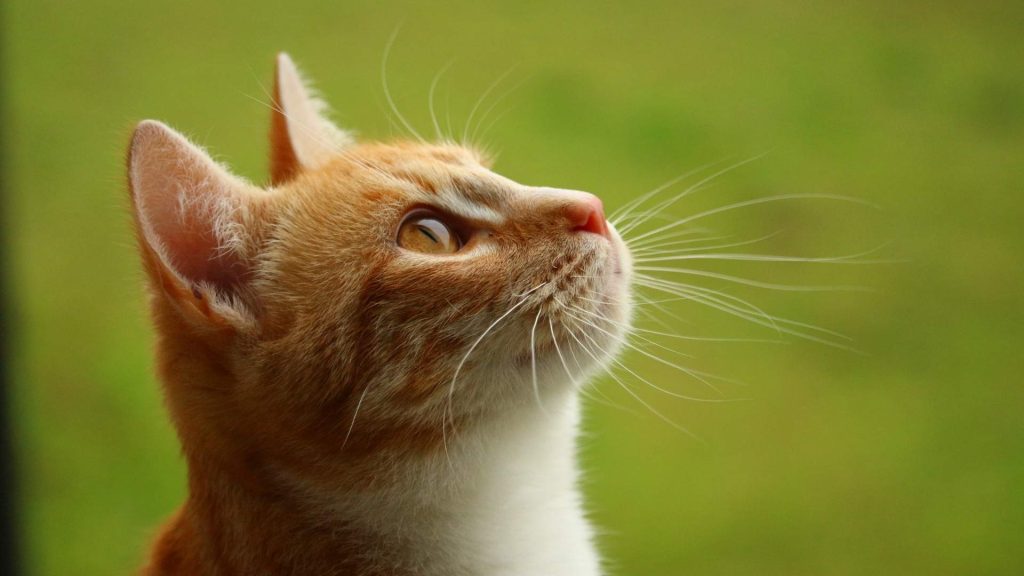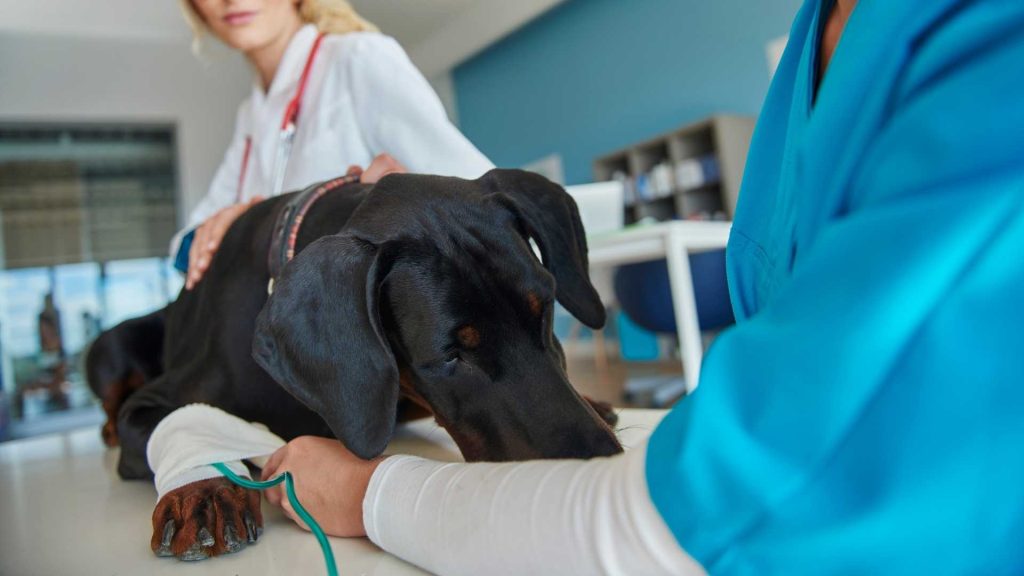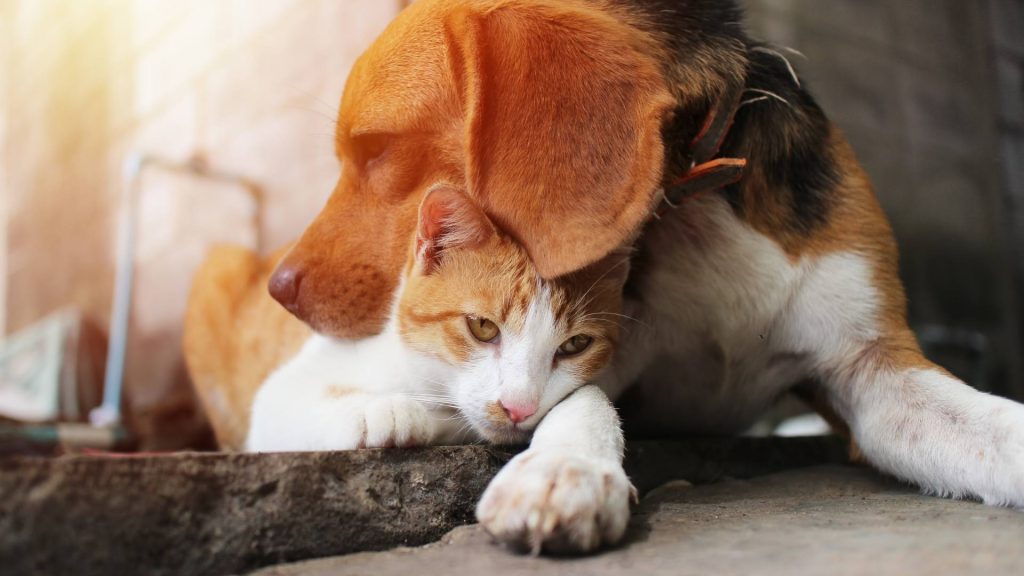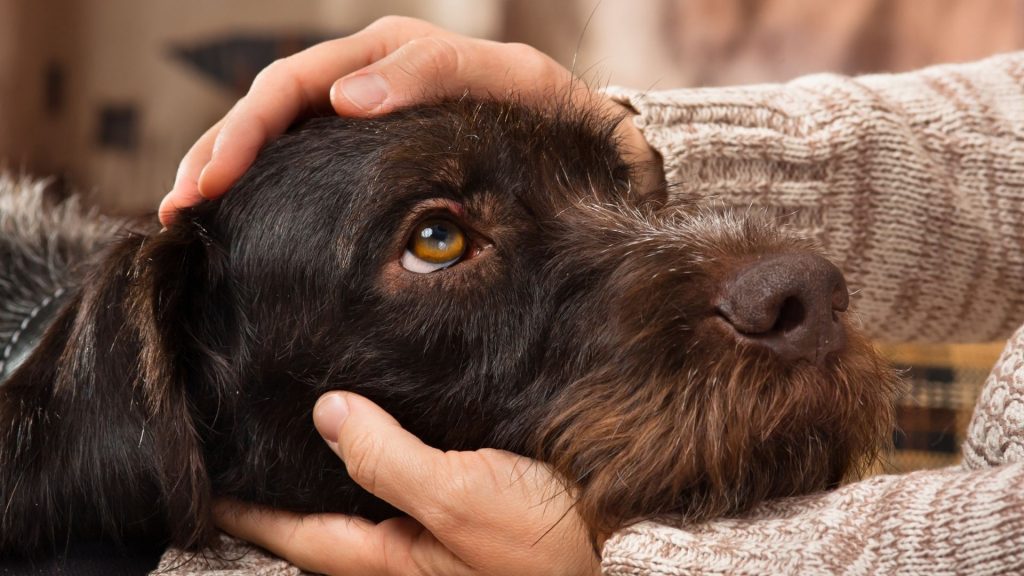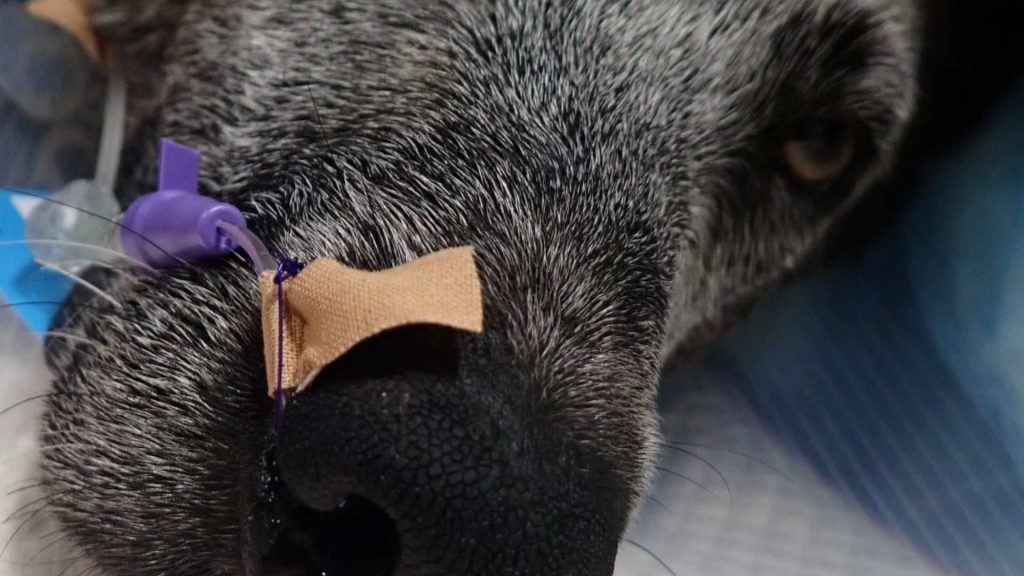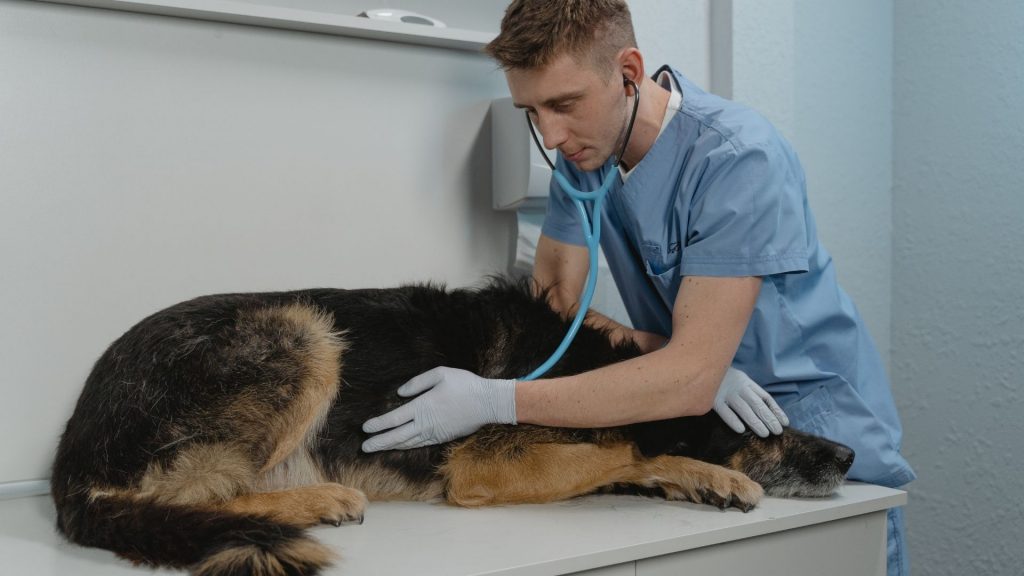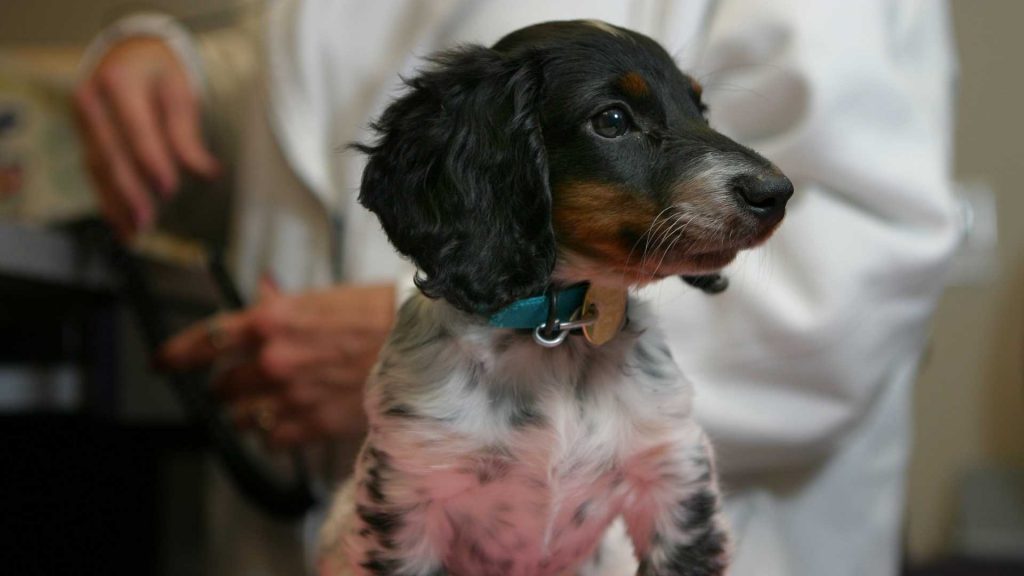Philip R Judge BVSc MVS PG Cert Vet Stud MACVSc (Vet. Emergency and Critical Care; Medicine of Dogs)
Introduction
Oral squamous cell carcinoma (SCC) is the most common oral malignancy in cats, accounting for 60-70% of oral malignant tumours1,2.
The most common locations of oral SCC in cats include
- Lingual and sub-lingual region
- Maxilla
- Mandible
- Buccal mucosa
- Lip
- Pharynx/tonsils
Oral SCC is locally invasive in behaviour, with distant metastasis possible – having a metastatic rate of 35.7%. Spread is usually to the mandibular lymph nodes, with the lungs occasionally affected1-3.
Aetiology
The aetiology of SCC is likely multifactorial, with the following being documented as increasing the risk of developing the tumour1,6:
- Exposure to tobacco smoke increases the risk of oral SCC by 2 times
- Flea collars increase the risk of developing oral SCC by 5.3 times
- Consuming canned food increases the risk of oral SCC by 3.5 times
- Consuming canned tuna increases with risk of oral SCC by 4.7 times
- Exposure to human papillomavirus may increase risk of oral SCC in cats
In addition to the aforementioned risk factors, there may be tumour-related genetic factors involved in the tumour pathogenesis:
- In one study, 69% of feline oral SCC had altered epidermal growth factor receptor (EGFR) expression. The tyrosine kinase activity of EGFR is a promising therapeutic target for oral SCC therapy with tyrosine kinase inhibitors such as toceranib (Palladia) offering potential against such tumours (see later) to improve survival7.
- Cyclooxygenase (COX) 1 and 2 isoforms are expressed in large numbers of oral SCC in cats, and may contribute to carcinogenesis, through production of prostaglandins. Studies of COX-2 in feline oral SCC have found COX-2 immunoreactivity present in 9-82% of cases, depending on the study. Studies of COX-1 immunoreactivity have been found in as many as 87% of oral SCC in cats. These studies suggest possible therapeutic benefit may be derived from the use of non-steroid anti-inflammatory drugs in feline oral SCC8,9.
Clinical Signs
Oral squamous cell carcinomas may arise from the following areas1,2:
- Lingual or sublingual regions, which may progress to involve the tongue, resulting in thickening of the tongue and altered tongue motility due to involvement of the tongue musculature. Mucosal ulceration is common. Tongue enlargement may result in trauma, protrusion from the oral cavity and sloughing
- Maxillary lesions invade bone, causing osteolysis of the maxilla, zygomatic arch and hard palate, which can result in crater-like lesions of the palate, tooth loss and mucosal ulceration. Periosteal and bony proliferation can be present adjacent to the tumour.
- Mandibular lesions are locally invasive, and can result in mucosal ulceration, loss of teeth, osteolysis and periosteal proliferation adjacent to the tumour.
Clinical signs of oral SCC in cats include the following1,2:
- Hyporexia
- Anorexia
- Weight loss
- Lethargy
- Ptyalism
- Halitosis
- Reduced grooming
Differential Diagnosis
Differential diagnosis for feline oral SCC includes1,2:
- Periodontal disease
- Benign oral masses
- Gingival hyperplasia
- Eosinophilic granuloma
- Nasopharyngeal polyps
- Alveolar bone expansion
- Osteoma
- Benign odontogenic tumours and epiludes
- Infections
- Bacterial – abscesses granulomas, osteomyelitis, Actinomyces infection
- Fungal – Cryptococcus, blastomycosis
- Malignant neoplasia
- Osteosarcoma
- Fibrosarcoma
- Melanoma
- Lymphoma
- Chondrosarcoma
- Granular cell tumour
- Haemangiosarcoma
- Salivary adenocarcinoma
- Plasma cell tumour
- Mast cell tumour
- Ectopic thyroid tissue
Diagnosis
Tissue biopsy is the preferred method of diagnosis. Fine needle aspirate or biopsy of associated lymph nodes is also important for tumour staging, along with thoracic radiography1,2.
Tumour radiography, CT or MRI imaging can be helpful in planning surgery, and in the detection of pulmonary metastasis (CT)1,2,10.
Treatment
Treatment with wide local excision +/- radiation therapy to treat microscopic disease is curative in only a small percentage of cases, due to the locally invasive behaviour of the tumour1,2,11.
Most cats succumb to local recurrence before metastatic disease becomes a clinical problem.
Options for treatment include:
- Surgery1,2,12
- Both radical surgery and wide local excision are associated with high rates of recurrence.
- Recurrence rates range from 38 to 80%, with recurrence rates typically occurring within 5-12 months of surgery.
- In a study of 42 cats receiving radical surgery, 12% never regained the ability to eat or drink on their own. Other complications included mandibular drift, decreased prehension, ptyalism, tongue protrusion and decreased ability to groom, and were present in up to 75% of cases.
- Median survival time with surgery alone for treatment of oral SCC is less than 6 months.
- Median survival time with surgery and radiation therapy in one study of 7 cats was 14 months.
- Radiation therapy
- Due to rapid growth rate, oral SCC is often initially radiation-sensitive. However, cells that remain after radiation therapy are radiation resistant, making management of oral SCC with radiation therapy rarely curative1.
- Accelerated radiation therapy has been utilized in an effort to intensify treatment and reduce proliferation of radiation resistant cell types. In one study of 9 cats with intensified radiation therapy, 14 fractions of radiation were delivered to cats within 7 days, with a total radiation dose of 49 Gy. 5 of 9 cats had complete remission, with median survival time of 298 days (111-485 days range); with median survival time for partial response patients being 60 days (53-67 days range)13
- Hypofractionated radiation therapy was studied in 34 cats, with a once-weekly radiation therapy dose of 8 Gy continued for 4-6 weeks, resulting in 32-48 Gy delivered over the course of treatment. Survival times were not significantly different from standard radiation therapy protocols (median survival time 60 days)14
- In a study of 7 cats with advanced oral SCC, palliative radiation therapy was applied using 8 Gy fractions delivered on days 1, 7 and 21 of treatment, for a total dose of 24 Gy. Median survival time was 60 days (42-97 days range) – with no palliation of clinical signs (pain, function, etc.) observed15.
- A study of accelerated Hypofractionated protocol using once daily fractions of 4.8 Gy for a period of 10 days, giving a total dose of 48 Gy in 21 cats. Seven (7) cats had complete response, and 5 cats had partial response. Median survival time was 174 days, with patients showing complete response having disease-free survival of 590 days16.
- Chemotherapy1,2
- Most chemotherapy drugs have shown minimal efficacy in oral SCC treatment
- Doxorubicin showed no effect in prolonging survival (median survival time 30 days)
- Carboplatin was assessed in one small study of 16 cats, and resulted in a median survival time of 42 days (range: 7-168 days)
- Mitoxantrone was used in 87 cats with oral tumours in one study; with 32 of the cats having oral SCC. The response was poor.
- Toceranib has been used in small numbers of cats with oral SCC with some success17,18.
- A retrospective study found that cats that received toceranib has a longer survival time (123 days versus 45 days)
- Overall 56.5% of cats that received toceranib were classified as responders (stable disease or better). Responders had a median survival time of 201 days
- Anorexia occurred in 70% of cats – with most being mild or transient. Other potential side effects include vomiting, diarrhoea, low-grade neutropenia, elevation of liver enzymes, and progressive azotemia.
- Small studies using the aminobiphosphonate “Zoledronate”, a polyamine transport inhibitor MQT1426 in combination with the ornithine decarboxylase inhibitor DFMO have shown partial response in some cats and warrant further investigation19.
- Non-steroid anti-inflammatory drugs
- Non-steroid anti-inflammatory drugs (NSAIDs) may have potential benefit. COX 1 and 2 immunohistochemistry staining was positive for COX 1 in 100%, and COX 2 in 67.3% of oral SCC in a study of 55 cats20.
- No studies have evaluated response of oral SCC in cats to the use of non-steroid anti-inflammatory drugs alone, although they may be associated with improved survival.
- NSAIDs may have other beneficial effects including provision of analgesia, and reduced tumour-associated inflammation and oedema, in addition to the potential for palliative anti-tumour effects2.
- Radioactive Holmium21
- A study looking at local injection of radioactive holmium (166Ho) in cats with oral SCC revealed an overall median survival time of 113 days
- 55% of treated cats were classified as responders (stable or reduction in tumour volume)
- Median survival time of responders was 296 days
- Multimodal Therapy22
- Combinations of surgery and radiation therapy have produced longer median survival times than either treatment on its own1,2
- A study of six cats treated with medical therapy (thalidomide, piroxicam and bleomycin), radiation therapy (accelerated hypofractionated protocol) and surgery revealed the treatment to be well tolerated.
- Three cats with sublingual SCC were alive and in remission at 759, 458, and 362 days.
- Two cats died of unrelated conditions (renal lymphoma, primary lung tumour) at 51 days and 82 days respectively, Oral SCC in these cats was in complete remission
- 1 cat developed metastasis from SCC at 144 days.
- These results are encouraging and warrant further investigation of multimodal therapy.
- Other medications1,2
- Analgesia
- Buprenorphine is a synthetic partial mu agonist that may be used to provide palliative analgesia. It is dosed at 0.01-0.03 mg/kg PO q 8 hrs
- Antibiotics
- Antibiotic therapy may be warranted to treat infections within ulcerated neoplastic tissue
- Recommended antibiotics include
- amoxycillin/clavulanate
- doxycycline
- clindamycin
- Nutritional Support2
- Advancing disease may result in hyporexia and anorexia.
- Placement of feeding tubes can assist in prolonging life in selected patients to assist management of transient side effects of medication
- Advancing disease that is interfering with prehension or quality of life warrants consideration of euthanasia.
Prognosis
Overall, the prognosis for oral SCC is poor. Most cats present with advanced local disease at the time of diagnosis, and despite the availability of treatments, including radiation therapy, toceranib, NSAIDs and surgery, median survival times vary between 2 and 5 months2.
Small tumours, located rostrally in the mandible are most amenable to local curative surgery. Adjuvant radiation therapy in these cases may provide significant extension of disease-free interval2.
Newer radiation therapy, and radioactive holmium treatments appear to offer additional benefits in terms of survival time, and warrant further investigation16,21.
As medical therapy investigations continue, there is a possibility that combination therapies may offer benefit beyond current treatments1,2.
References:
- Bilgic, Ozgur, Lili Duda, Melissa D. Sánchez, and John R. Lewis. “Feline oral squamous cell carcinoma: clinical manifestations and literature review.” Journal of veterinary dentistry 32, no. 1 (2015): 30-40.
- Pellin, MacKenzie, and M. Turek. “A Review of feline oral squamous cell carcinoma.” T. Vet. Pract 6 (2016): 24-31.
- Soltero-Rivera, Maria M., Erika L. Krick, Alexander M. Reiter, Dorothy C. Brown, and John R. Lewis. “Prevalence of regional and distant metastasis in cats with advanced oral squamous cell carcinoma: 49 cases (2005–2011).” Journal of feline medicine and surgery 16, no. 2 (2014): 164-169.
- Bertone, Elizabeth R., Laura A. Snyder, and Antony S. Moore. “Environmental and lifestyle risk factors for oral squamous cell carcinoma in domestic cats.” Journal of veterinary internal medicine 17, no. 4 (2003): 557-562.
- Snyder, L. A., E. R. Bertone, R. M. Jakowski, M. S. Dooner, J. Jennings-Ritchie, and A. S. Moore. “p53 expression and environmental tobacco smoke exposure in feline oral squamous cell carcinoma.” Veterinary pathology 41, no. 3 (2004): 209-214.
- Munday, J. S., L. Howe, A. French, R. A. Squires, and H. Sugiarto. “Detection of papillomaviral DNA sequences in a feline oral squamous cell carcinoma.” Research in veterinary science 86, no. 2 (2009): 359-361.
- Yoshikawa, Hiroto, E. J. Ehrhart, Joseph B. Charles, Douglas H. Thamm, and Susan M. LaRue. “Immunohistochemical characterization of feline oral squamous cell carcinoma.” American journal of veterinary research 73, no. 11 (2012): 1801-1806.
- DiBernardi, Lisa, Monique Doré, John A. Davis, Jane G. Owens, Sulma I. Mohammed, Carolyn F. Guptill, and Deborah W. Knapp. “Study of feline oral squamous cell carcinoma: potential target for cyclooxygenase inhibitor treatment.” Prostaglandins, leukotrienes and essential fatty acids 76, no. 4 (2007): 245-250.
- Sparger, Ellen E., Brian G. Murphy, Farina Mustaffa Kamal, Boaz Arzi, Diane Naydan, Chrisoula T. Skouritakis, Darren P. Cox, and Katherine Skorupski. “Investigation of immune cell markers in feline oral squamous cell carcinoma.” Veterinary immunology and immunopathology 202 (2018): 52-62.
- Gendler, Andrew, John R. Lewis, Jennifer A. Reetz, and Tobias Schwarz. “Computed tomographic features of oral squamous cell carcinoma in cats: 18 cases (2002–2008).” Journal of the American Veterinary Medical Association 236, no. 3 (2010): 319-325.
- Hayes, A. M., V. J. Adams, T. J. Scase, and S. Murphy. “Survival of 54 cats with oral squamous cell carcinoma in United Kingdom general practice.” Journal of Small Animal Practice 48, no. 7 (2007): 394-399.
- Hutson, C. A., C. C. Willauer, E. J. Walder, J. L. Stone, and M. K. Klein. “Treatment of mandibular squamous cell carcinoma in cats by use of mandibulectomy and radiotherapy: seven cases (1987-1989).” Journal of the American Veterinary Medical Association 201, no. 5 (1992): 777-781.
- Fidel, Janean L., Rance K. Sellon, Robert K. Houston, and Betsy A. Wheeler. “A nine‐day accelerated radiation protocol for feline squamous cell carcinoma.” Veterinary Radiology & Ultrasound 48, no. 5 (2007): 482-485.
- Kinzel S, Hein S, et al. Hypofractionated radiation therapy for the treatment of malignant melanoma and squamous cell carcinoma in dogs and cats. Berl Munch Tierarztl Wochenschr 2003; 116: 134-138.
- Bregazzi VS, LaRue SM, et al. Response of feline oral squamous cell carcinoma to palliative radiation therapy. Vet Radiol Ultrasound 2001; 42: 77-79.
- Poirier, Valérie J., Barbara Kaser‐Hotz, David M. Vail, and Rodney C. Straw. “Efficacy and toxicity of an accelerated hypofractionated radiation therapy protocol in cats with oral squamous cell carcinoma.” Veterinary radiology & ultrasound 54, no. 1 (2013): 81-88.
- Wiles, Valerie, Ann Hohenhaus, Kenneth Lamb, Bushra Zaidi, Maria Camps-Palau, and Nicole Leibman. “Retrospective evaluation of toceranib phosphate (Palladia) in cats with oral squamous cell carcinoma.” Journal of feline medicine and surgery 19, no. 2 (2017): 185-193.
- Olmsted, Gina A., John Farrelly, Gerald S. Post, and Jaclyn Smith. “Tolerability of toceranib phosphate (Palladia) when used in conjunction with other therapies in 35 cats with feline oral squamous cell carcinoma: 2009–2013.” Journal of feline medicine and surgery 19, no. 6 (2017): 568-575.
- Skorupski, Katherine A., Thomas G. O’Brien, Teri Guerrero, C. O. Rodriguez, and Mark R. Burns. “Phase I/II clinical trial of 2‐difluoromethyl‐ornithine (DFMO) and a novel polyamine transport inhibitor (MQT 1426) for feline oral squamous cell carcinoma.” Veterinary and comparative oncology 9, no. 4 (2011): 275-282.
- Hayes, A., T. Scase, J. Miller, S. Murphy, A. Sparkes, and V. Adams. “COX-1 and COX-2 expression in feline oral squamous cell carcinoma.” Journal of comparative pathology 135, no. 2-3 (2006): 93-99.
- Van Nimwegen, S. A., R. C. Bakker, J. Kirpensteijn, R. J. J. Van Es, R. Koole, M. G. E. H. Lam, J. W. Hesselink, and J. F. W. Nijsen. “Intratumoral injection of radioactive holmium (166Ho) microspheres for treatment of oral squamous cell carcinoma in cats.” Veterinary and comparative oncology 16, no. 1 (2018): 114-124.
- Marconato, L., J. Buchholz, M. Keller, G. Bettini, P. Valenti, and B. Kaser‐Hotz. “Multimodal therapeutic approach and interdisciplinary challenge for the treatment of unresectable head and neck squamous cell carcinoma in six cats: a pilot study.” Veterinary and comparative oncology 11, no. 2 (2013): 101-112.







